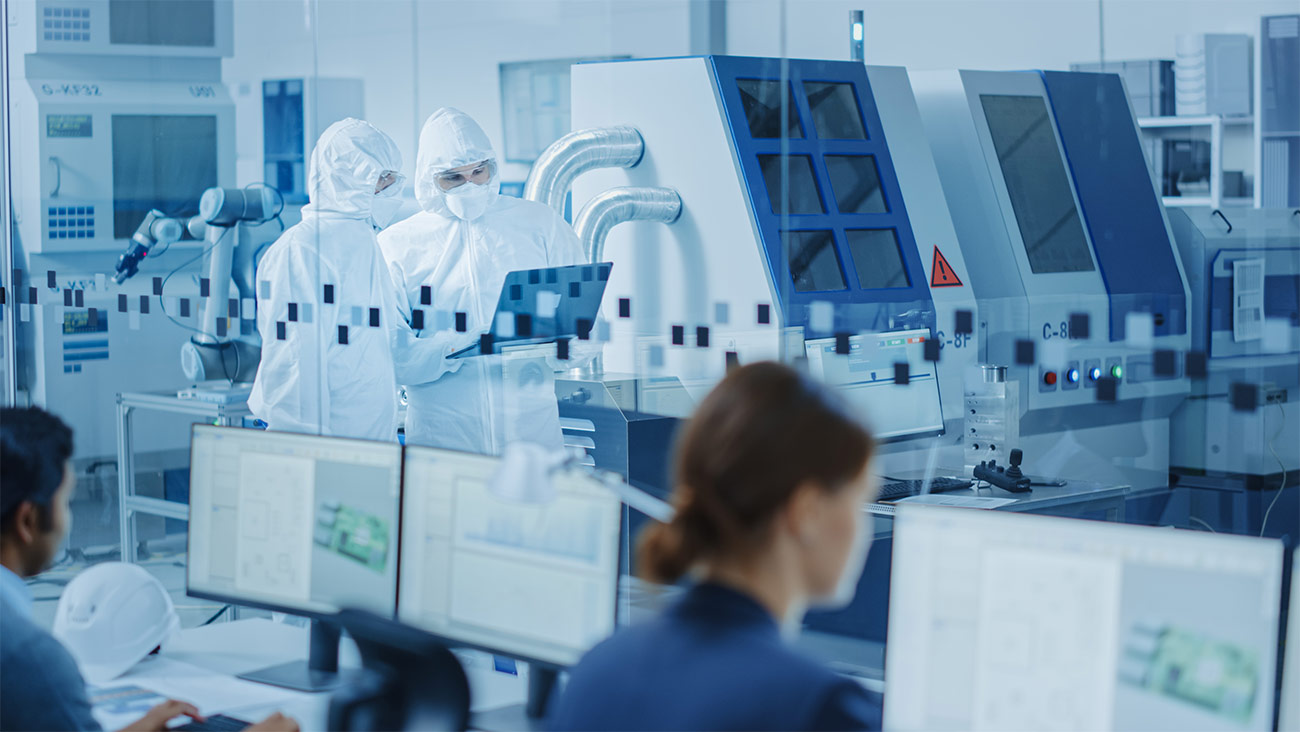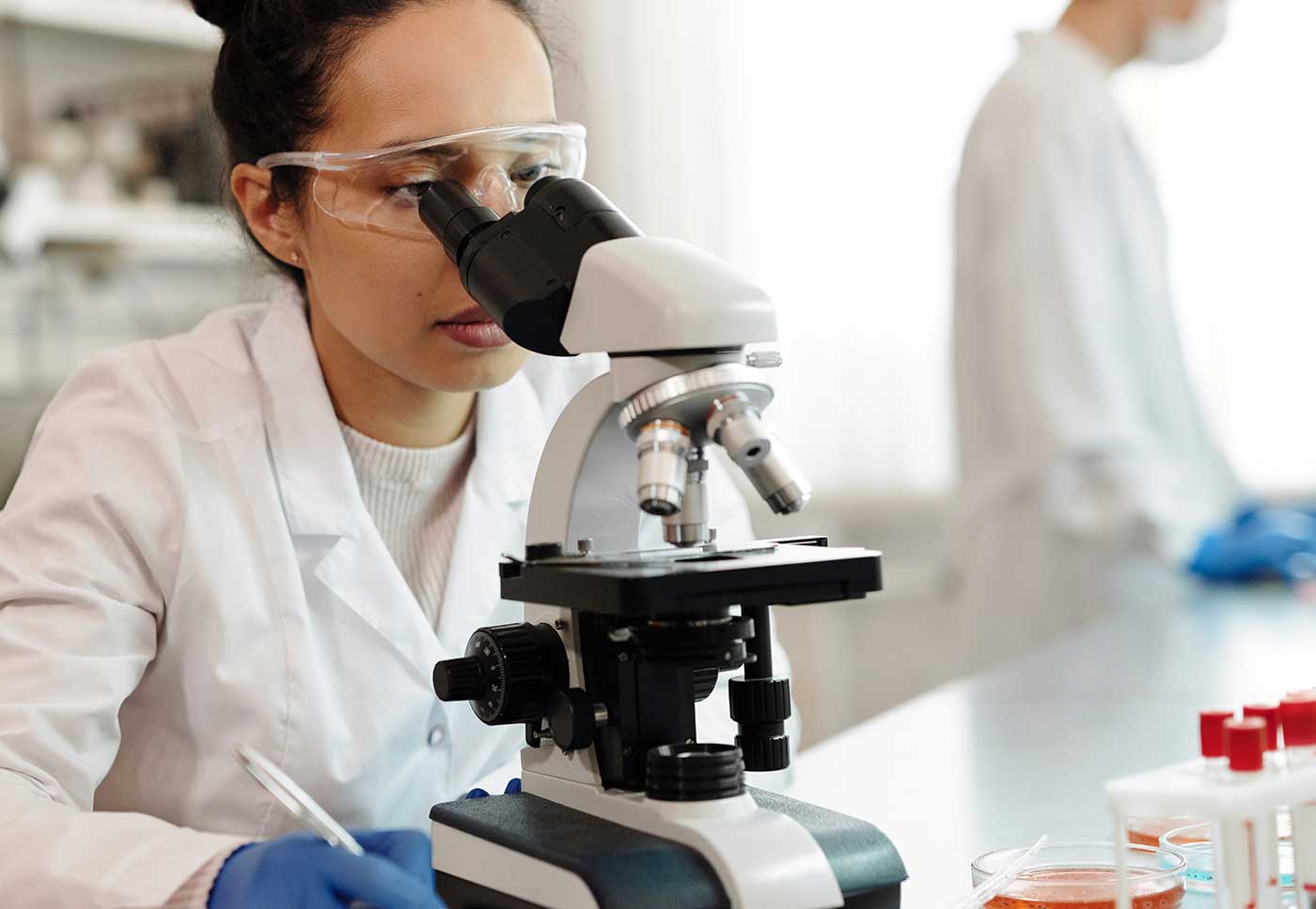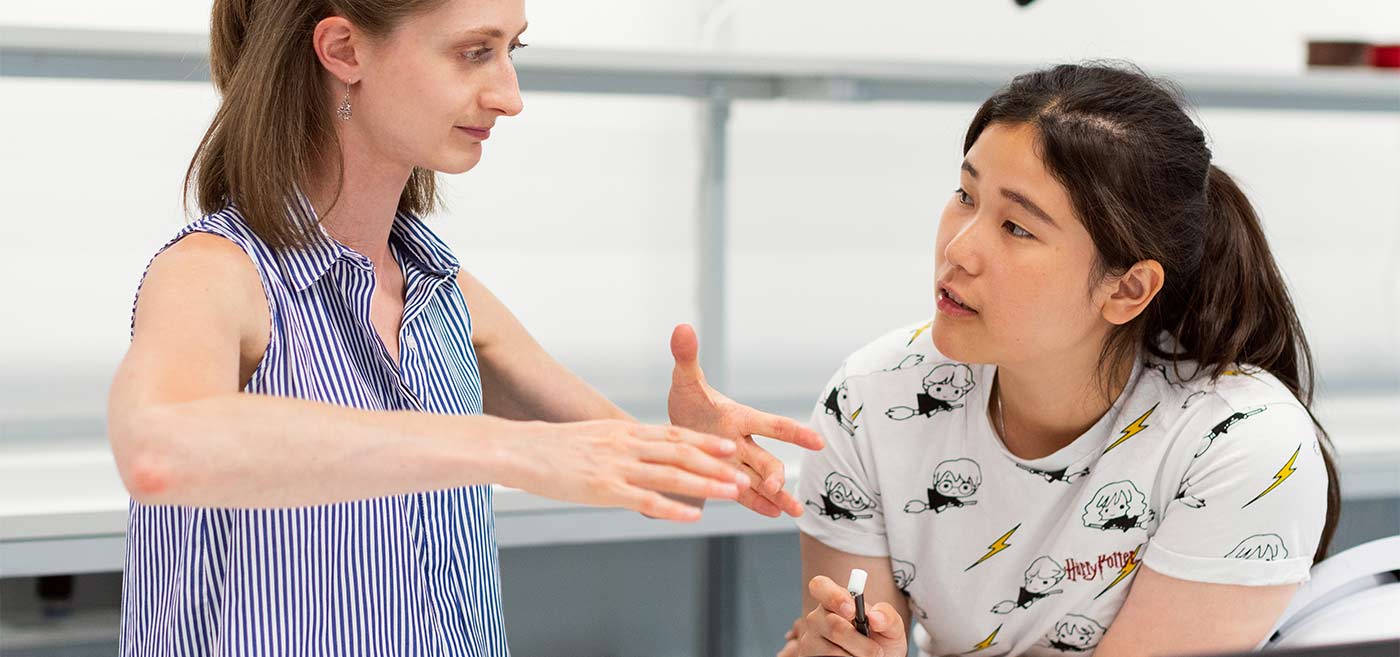
Labs Can’t Eliminate Lab Error, But They Can Control It
Some degree of error in the analytical phase of medical laboratory testing is unavoidable; this error will impact all samples tested on each specific instrument.
In the analytical phase of medical laboratory testing, patient samples in batches of one to 1,000+ are tested on each analytical instrument along with typically two quality control (QC) samples. Patient and QC samples are mixed with chemical reagents to produce a measurable result that is calculated by the instrument. Calibrators, on the other hand, are commercial samples with known amounts of a substance. Think of calibrators like a reference point or a ruler that helps scientists measure things correctly. Reagents and calibrators are unfortunately short-dated and each new lot number can introduce new sources of error.
The laboratory environment itself (temperature and humidity fluctuations, inadequate ventilation, electrical interference) can also contribute to errors. Factors such or cross-contamination of samples can affect the accuracy of test results.
Statistical quality control (SQC) is a fundamental concept that has been used in medical labs for decades to ensure the accuracy, precision, and reliability of test results. Some key concepts include:
- Quality control samples, with known values that are assumed to mirror patient samples, are analyzed alongside patient samples.
- Accuracy refers to the closeness of a measured value to the true value,
- Precision refers to the consistency and reproducibility of measurements.
- Control charts are graphical tools that track test results over time. They help identify patterns or trends that may indicate variations in the testing process. Control limits are established to define the acceptable range of variation. If results fall outside these limits, it suggests a potential issue requiring investigation and corrective action.
- The Mean value represents the average value of a set of measurements, while the standard deviation measures the amount of variation or dispersion around the mean. These statistical parameters provide insights into the consistency and reliability of the testing process.
- Statistical QC concepts including Six Sigma assume a normal distribution, also known as a bell-shaped curve. Understanding this distribution helps determine the expected variation and set appropriate control limits.
- Control rules, or more correctly, statistical limits are applied to detect significant deviations or errors.
SQC however, falls short of meeting the needs of risk management as recommended by ISO and CSLI. According to CLSI EP23A. Laboratory quality control based on risk management an incorrect result[i] is a “Result that does not meet the requirements for its intended medical use;
NOTE 1: In the case of quantitative test procedures, a result with a failure of measurement that exceeds a limit based on medical utility.“ Allowable limits of errori is the amount of error that can be tolerated without invalidating the medical usefulness of the analytical result.
With the new science of risk management, risk and cost are measured as the number of Medically Unreliable Results (MURs) reported from each analytical process each year, based on current method accuracy and precision, and the number of MURs that would be reported if the method was to fail unexpectedly, along with resultant healthcare costs. Some degree of analytical error is unavoidable but the level of error can be maintained within acceptable risk criteria defined by each laboratory for their patient population,.
[i] CLSI EP23A . Laboratory quality control based on risk management, Wayne PA: Clinical & Laboratory Standards Institute, 2011.



